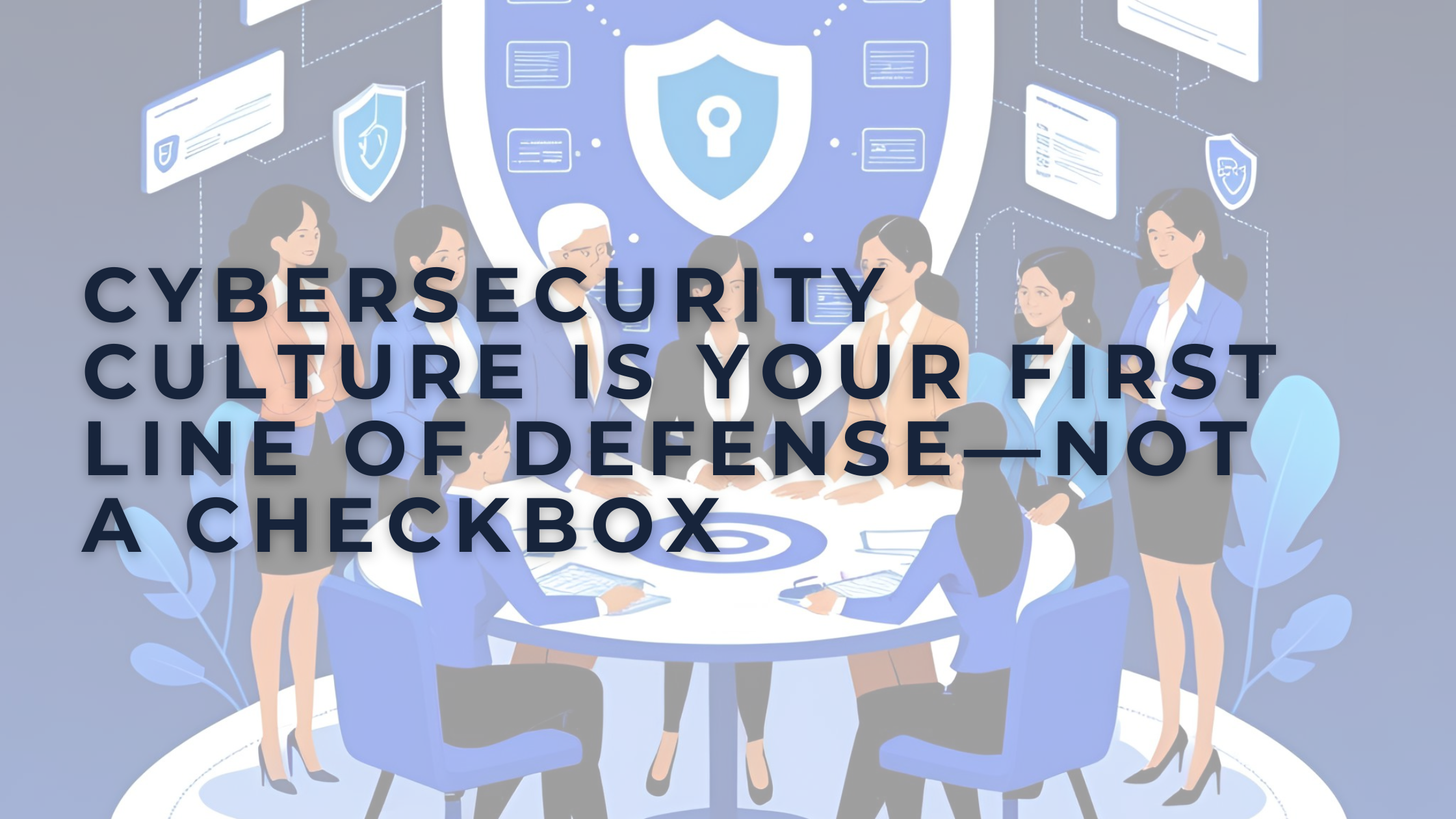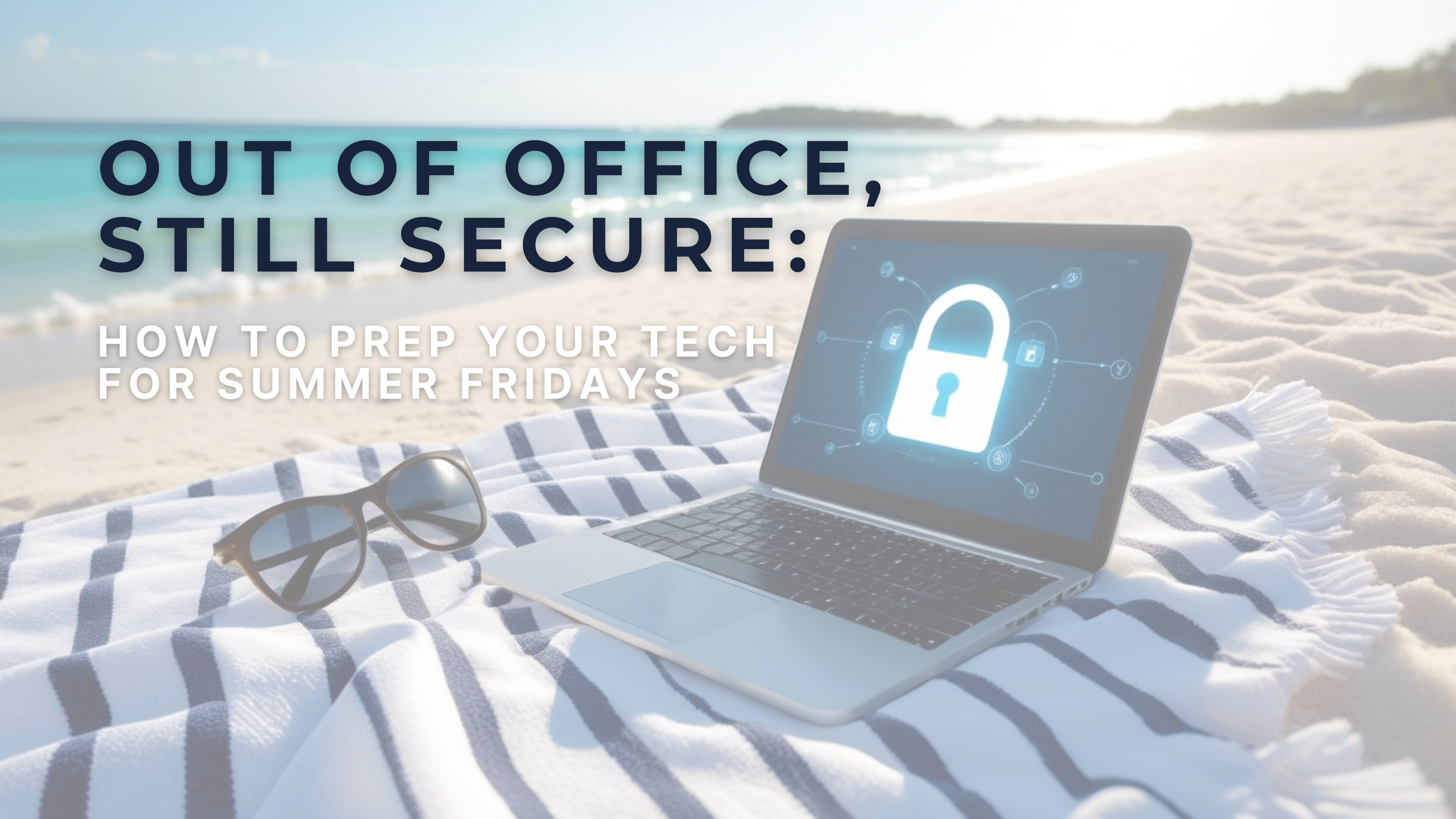Tips for Solving Your Educational IT Challenges
Keeping student data safe while advantageously using technology is hard. Here are a few of our tops tips for solving your educational IT challenges.
It’s no secret that schools and colleges have a whole different set of tech issues than other organizations. Thankfully, our team has compiled a few of our best tips for solving everyday problems. Here are a few of our tops tips for solving your educational IT challenges.

Tip #1: Make Information Security a Priority
Perhaps the most important tip on this list is to make information security a priority. The Family Education Rights and Privacy Act (FERPA) outlines specific details that have to be consistently followed by educational institutions. Not following these guidelines could come with some pretty hefty ramifications and fines, so it is imperative to emphasize following these practices. The United States Department of Education has a whole host of tips to help you stay compliant, including those on how to integrate cloud computing, data destruction best tips, and more.
Tip #2: Safeguard Student and Faculty Information with Privacy Training
While this likely goes hand-in-hand with having a plan for information security, safeguarding student, and faculty information through specific offline privacy policies are still essential. This includes elements such as educating faculty on the importance of never discussing student information in front of others, keeping passwords hidden when inputting them into software applications, and even teaching students to keep personal information quiet. Schools should regularly post-training bulletins on this topic and also provide tips for educators on how to keep private information safe.
Tip #3: Have a Plan for Sustainable Funding
Another tip for educational organizations is to have a plan for sustainable funding. Many colleges, universities, and school districts like to start with grand ideas for their technology departments—only to discover the funding isn’t there when they need it most. When creating yearly budgets, it is crucial to think about where funding might be a few years down the line and come up with ideas to keep it sustainable.
Tip #4: Understand the Importance of Having Digital Integrations
We live in a highly digital world. Students, parents, and staff expect a certain level of convenience when it comes to the use of technology within a digital setting. Whether it is a more natural way to turn in homework online or a way to help students interactively see the material, there are thousands of options to choose from. Researching and implementing various digital integrations is essential and should be part of all master technology plans.
Tip #5: Use Technology to the Advantage of Your Students
Another tip? Know how to use technology to the advantage of your students. There are tons of tech tools and programs out there to help make the overall process of learning as inclusive for all as possible. Find these options and brainstorm with your staff various ways to bring these options into the classroom. Most educators jumped into the industry to try to help students, and this is a great way to ensure their mission is fulfilled.
Tip #6: Know When to Call in the Pros
It is also imperative to know when to call in a professional IT service company to help with your needs. Not every school district or higher learning institution has staff with the skill set to take on more significant challenges. That’s why it is vital to have an on-call team of IT professionals available during the times when you need them the most.
Technology has made a vast difference in how we live, work, and learn. Educational institutions that take their IT plans seriously can often see an increase in student grades, faculty happiness, and a whole lot less downtime than those who do not.
Are you ready to improve your overall educational IT strategy? Our team at Network Outsource is here to help. Please get in touch with us today to discuss your needs.




